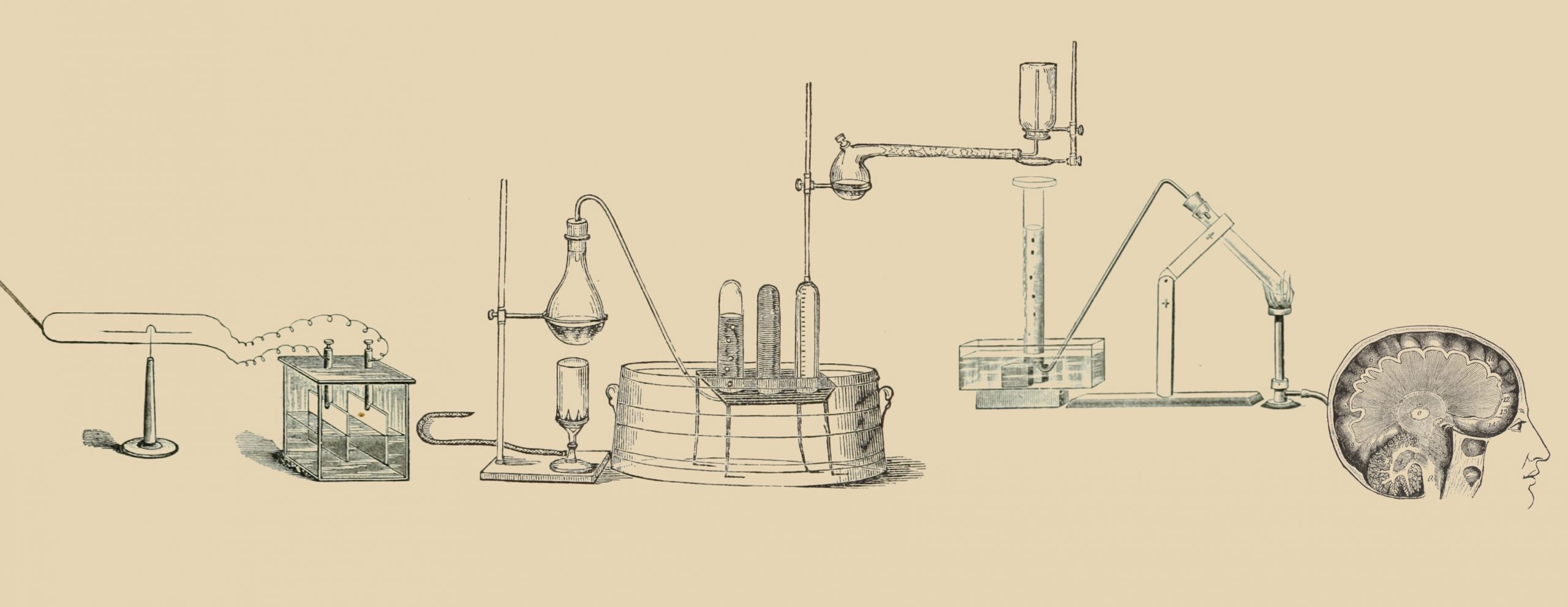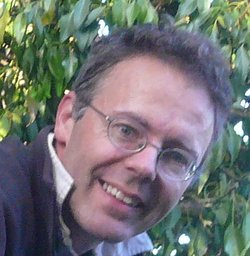
Pixabay
It is time to shake off a widely believed but mistaken idea of what science is and how it interacts with human life in the round.
For a long time now it has been the habit of science writers to present their discipline as if it was the be-all and end-all of knowledge, and everything else follows in its wake. Particle physicists have written about their forthcoming ‘theory of everything’ as if it amounted to the final word on the nature of reality, the very ‘mind of God’…The same fundamental error is promoted by neuroscientists who, waxing lyrical over wonderful magnetic images of the living human brain, have declared or implied that all the functioning of the brain is about to be laid open, with no input from the arts and humanities required.
It is my opinion…that all such visionaries in fact have a skewed vision of both science and the arts. I think that what poets do, and what literary critics do, and what musicians do, is every bit as truthful and insightful about the nature of reality as is what physicists and chemists and biologists do (and mathematicians, engineers, historians, philosophers, and so on). Of course the afore-mentioned skewed visionaries will immediately claim that they agree, and they did not intend to deny or undermine the validity of the arts. But the fact is, the way they have presented science is such that science would and must do exactly that, whereas I think that when grasped correctly, it does not.
For thirty years I have had an intense desire to get a more truthful vision of the nature of the physical world and human life in it, a vision which does not fall into the error of misconceiving science and presenting it in hegemonic fashion, the way this is done in numerous popular books.
To be clear, let me say that I wholeheartedly welcome many of the points science writers make, especially about being honest and careful about evidence, and letting the world be what it is, and celebrating the richness that ordinary physical stuff is able to support, without overlaying it with superstition. Such writing gives voice to the widespread wish to affirm that the physical, material world is itself the expression of what matters, and it does matter, whether or not it is a temporary phenomenon. All this is welcome. But in our celebration of scientific knowledge we have to allow also for basic philosophical points, such as the difference between a text and its meaning.
For example, when one human being meets another, they see plenty of evidence, but what conclusion do they form? The very same evidence might be interpreted to mean ‘here is a slave that I can use’ or ‘here is fellow human being, every bit as worthy of consideration as myself’. It is not self-evident that people will always come to the second conclusion, and furthermore, it is not the case that any study of fundamental physics will suggest either that they should or should not. What shall we do, then? Is the ‘modern, scientific’ view the view that moral considerations are really just subtle power games with no intrinsic beauty and truth of their own? The point I want to argue…is that whereas the adjective ‘modern’ might apply to that conclusion, the adjective ‘scientific’ does not.
The overarching aim…is to get in view something that pays deep attention to the natural world and to the whole of what goes on in human life. I mean attention in the sense advocated by the French philosopher Simone Weil; it is the decision to work hard at listening sympathetically and seriously to the realities that address us, both in the wider natural world and in our shared life. In the present context, it is the decision to listen sympathetically and seriously both to what science is and does, and to what other areas of discourse are and do. If one takes up this challenge, then one discovers something important and liberating. One discovers that the picture of the natural world that we obtain from scientific study is not the one widely assumed in contemporary culture.
It is widely assumed that science is somehow ‘on the side of’, or implies, or is the natural partner to, the view that the physical cosmos, and life on Earth, is a sort of huge machine moving blindly into the future, and this motion has no purpose or meaning beyond the stories or meanings that we and other animals invent for ourselves. I aim to show that this is not so. Rather, scientific study, approached with a little bit of philosophical maturity, is perfectly in tune with, and indeed strongly suggests, the view that the natural world is capable of giving physical expression to a rich and deep range of languages, including all the ones that are important to human life, and in this rich expression we do not invent meaning but discover it. I mean here ‘languages’ such as justice, ethics, and aesthetics, to name a few. There is not just an appearance of these things in the dynamics of human affairs, but the reality of them….
My aim is to present science in harmony with art in such a way that the journey to spirituality is available, not closed off. This is important because humans are spiritual creatures, and to refuse them this journey (for example by suggesting that one must part from reason in order to undertake it) is deeply unjust.
© [Oxford University Press] Extract from Science and Humanity: A Humane Philosophy of Science and Religion by Andrew Steane, published by Oxford University Press, available in hardback and eBook formats, £25.00

© A Steane
Andrew Steane is a Professor of Physics at Oxford University. His research is mainly in quantum computing, atomic physics and special relativity. He is the author of two books on relativity, and author or co-author of three books on science in religion (Faithful to Science, Oxford University Press (OUP) 2014, It Keeps Me Seeking, OUP 2018, Science and Humanity, OUP 2018). He was awarded the Maxwell Medal and Prize of the Institute of Physics in 2000 for the discovery of quantum error correction. He has given numerous public lectures and school demonstrations in physics, and taught Sunday school groups for many years. He is married to Emma Steane; they have three children.




